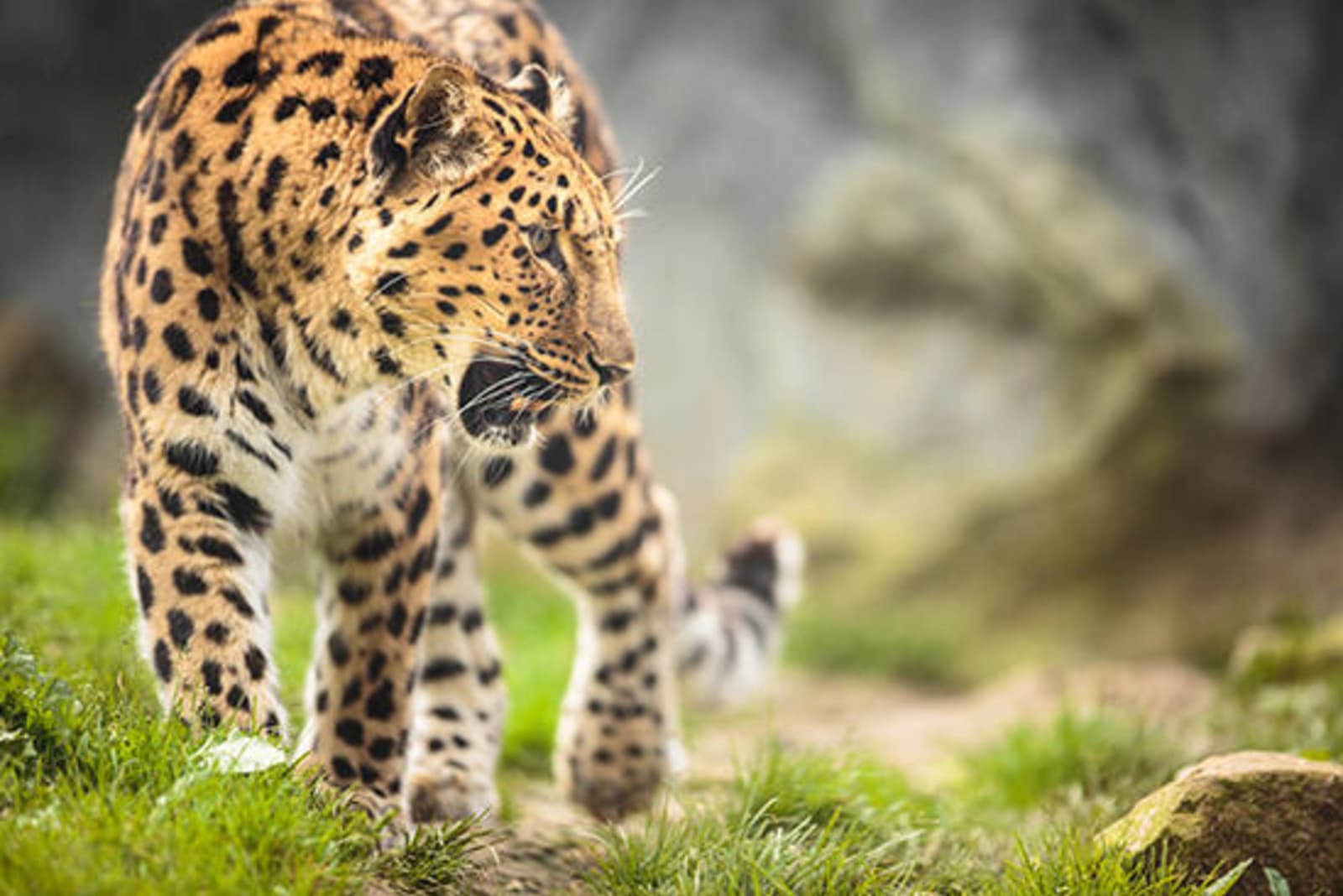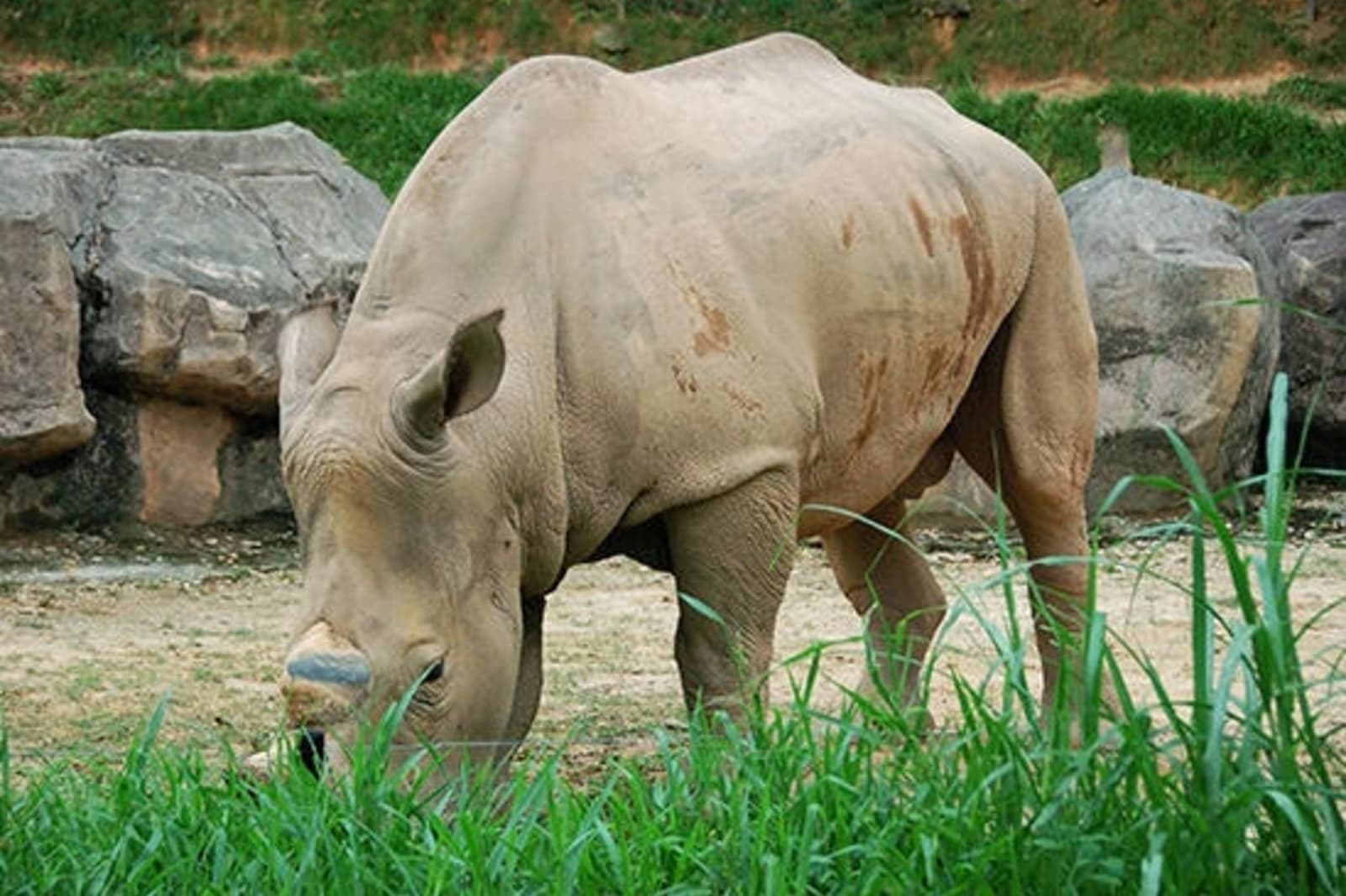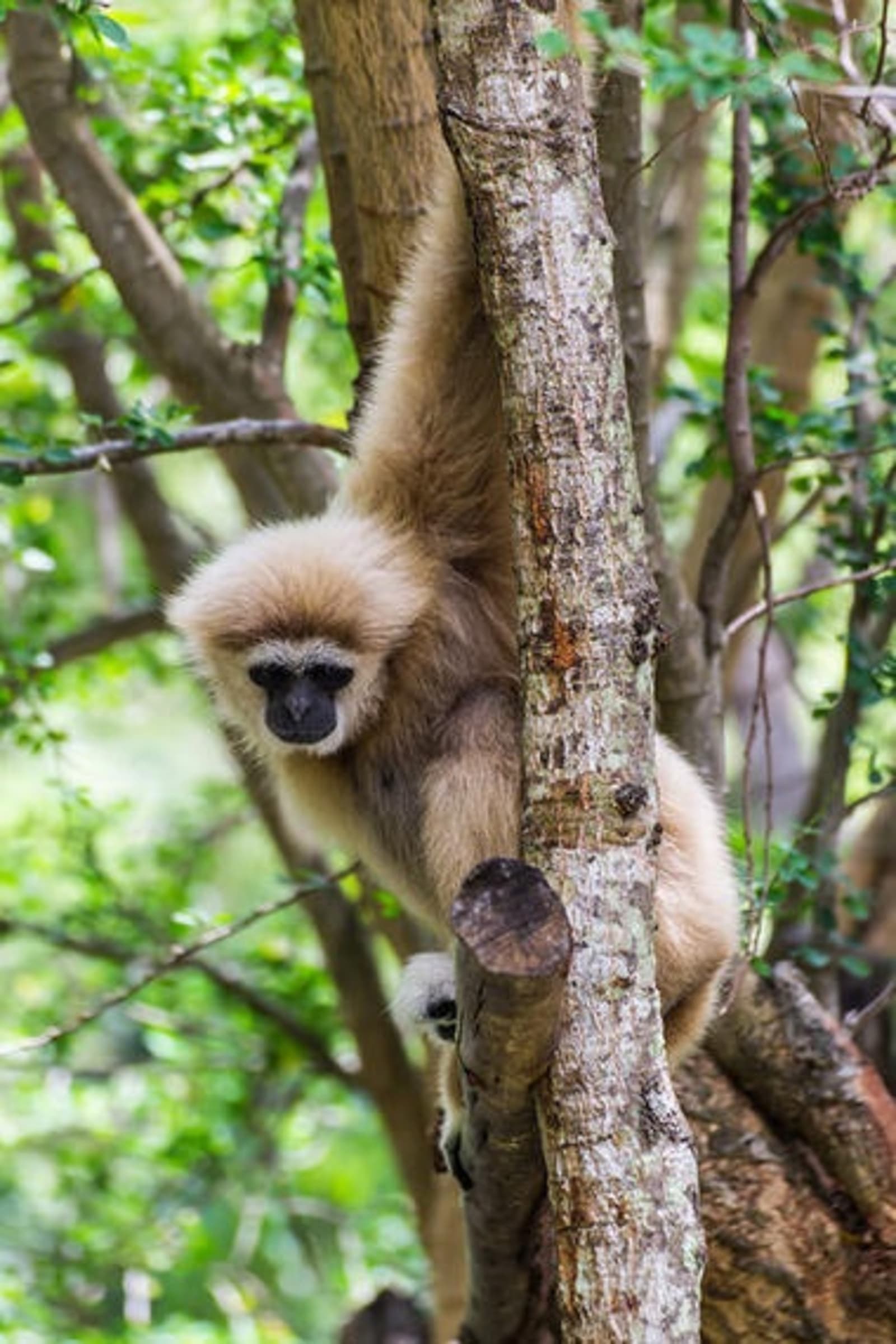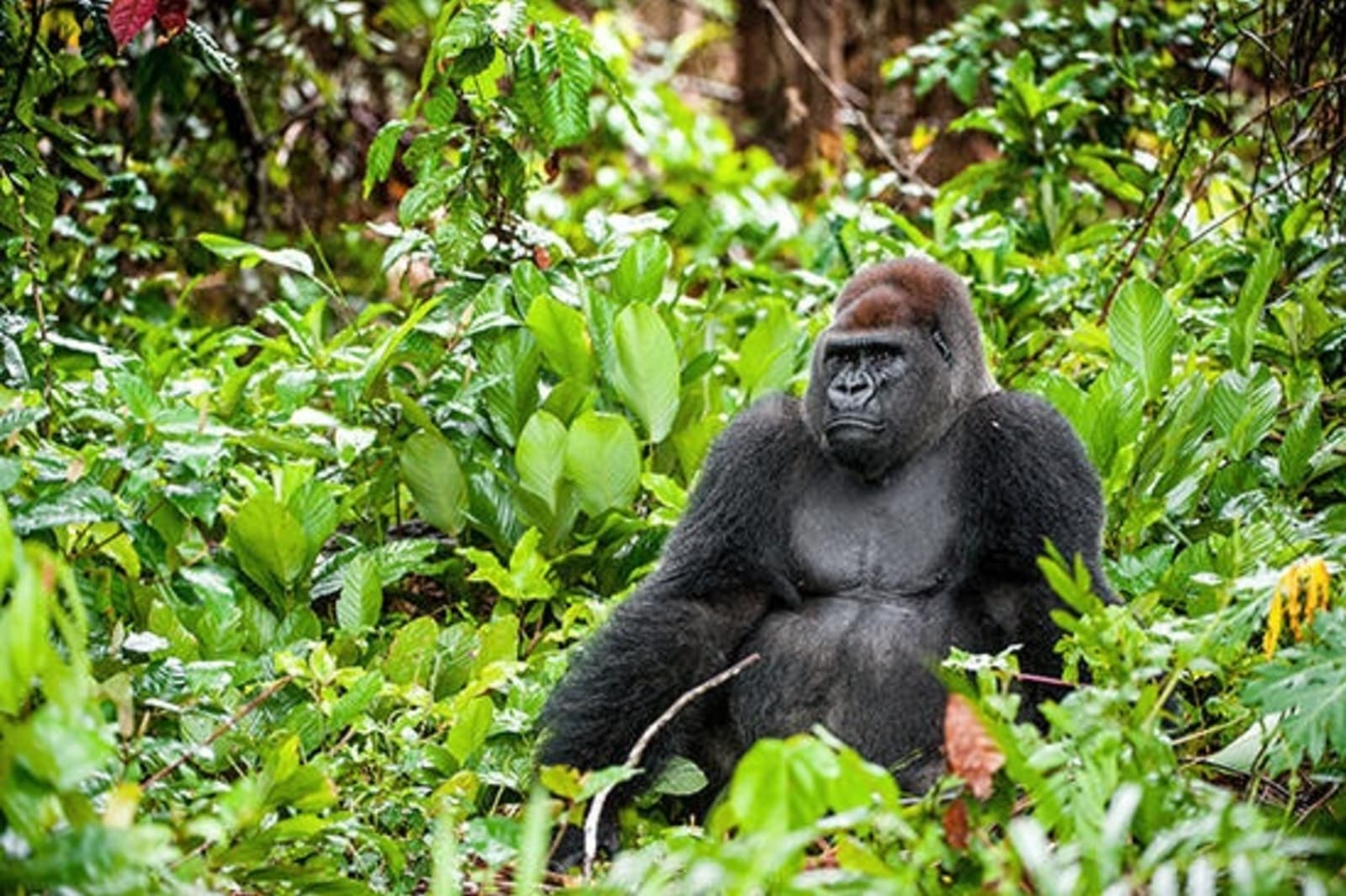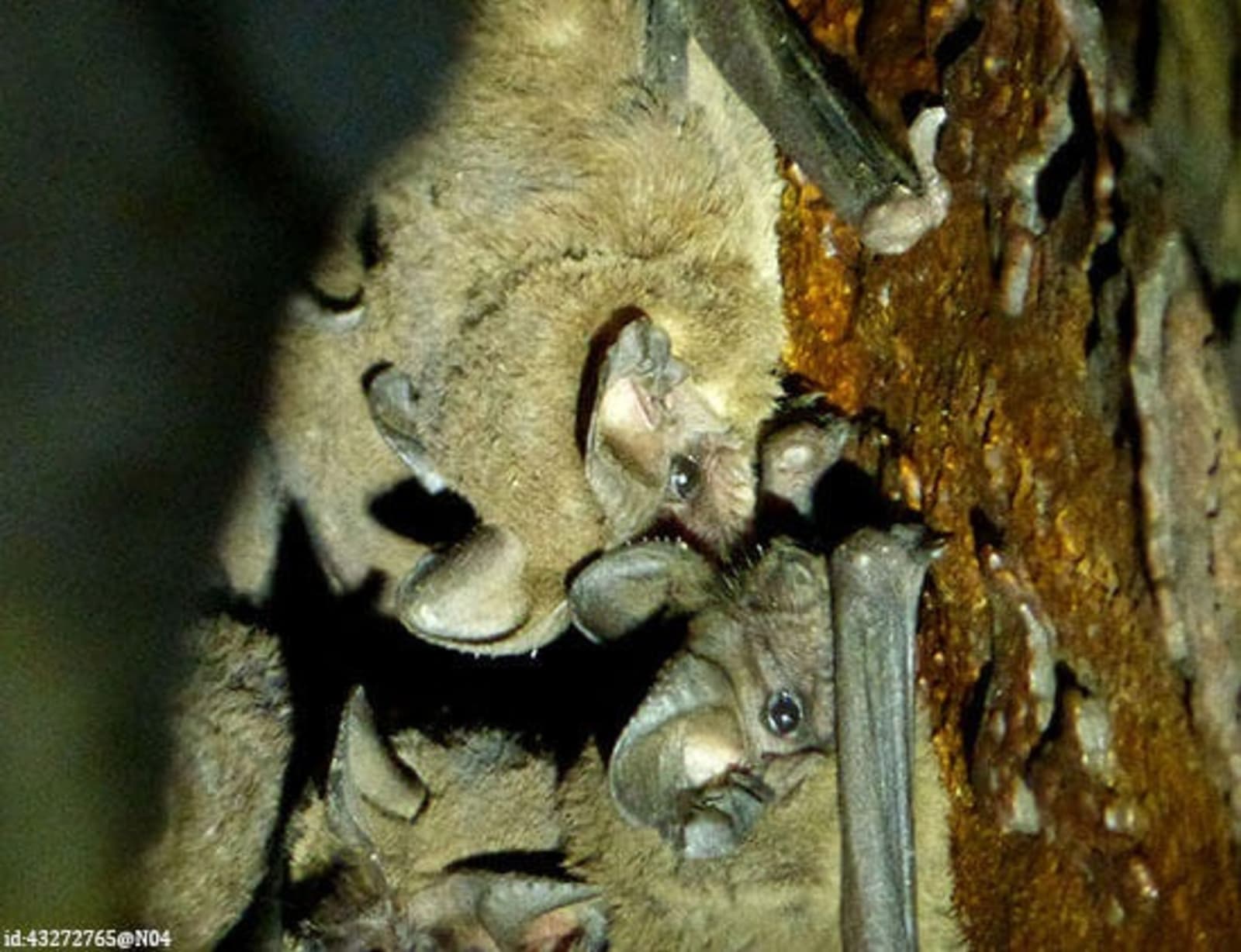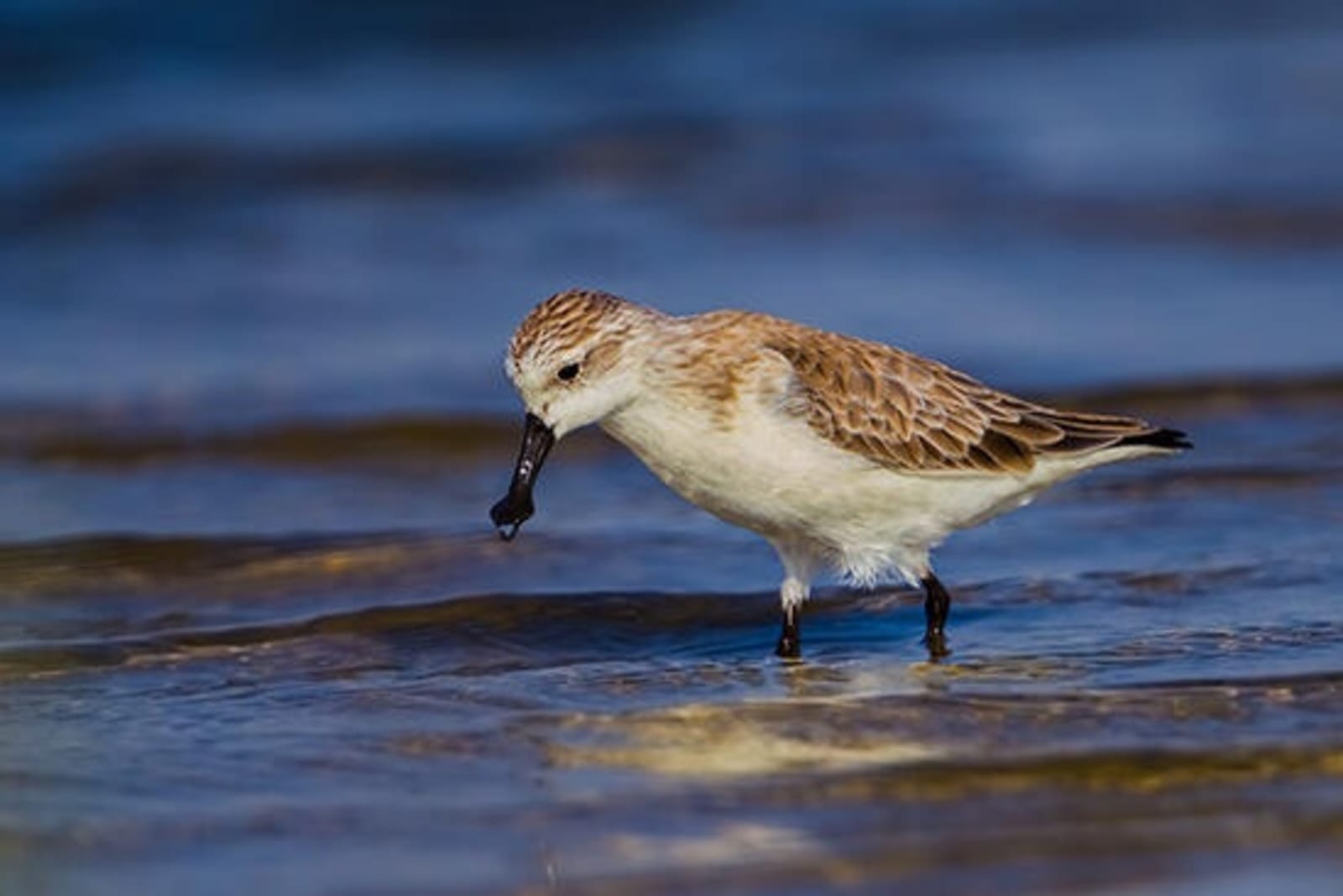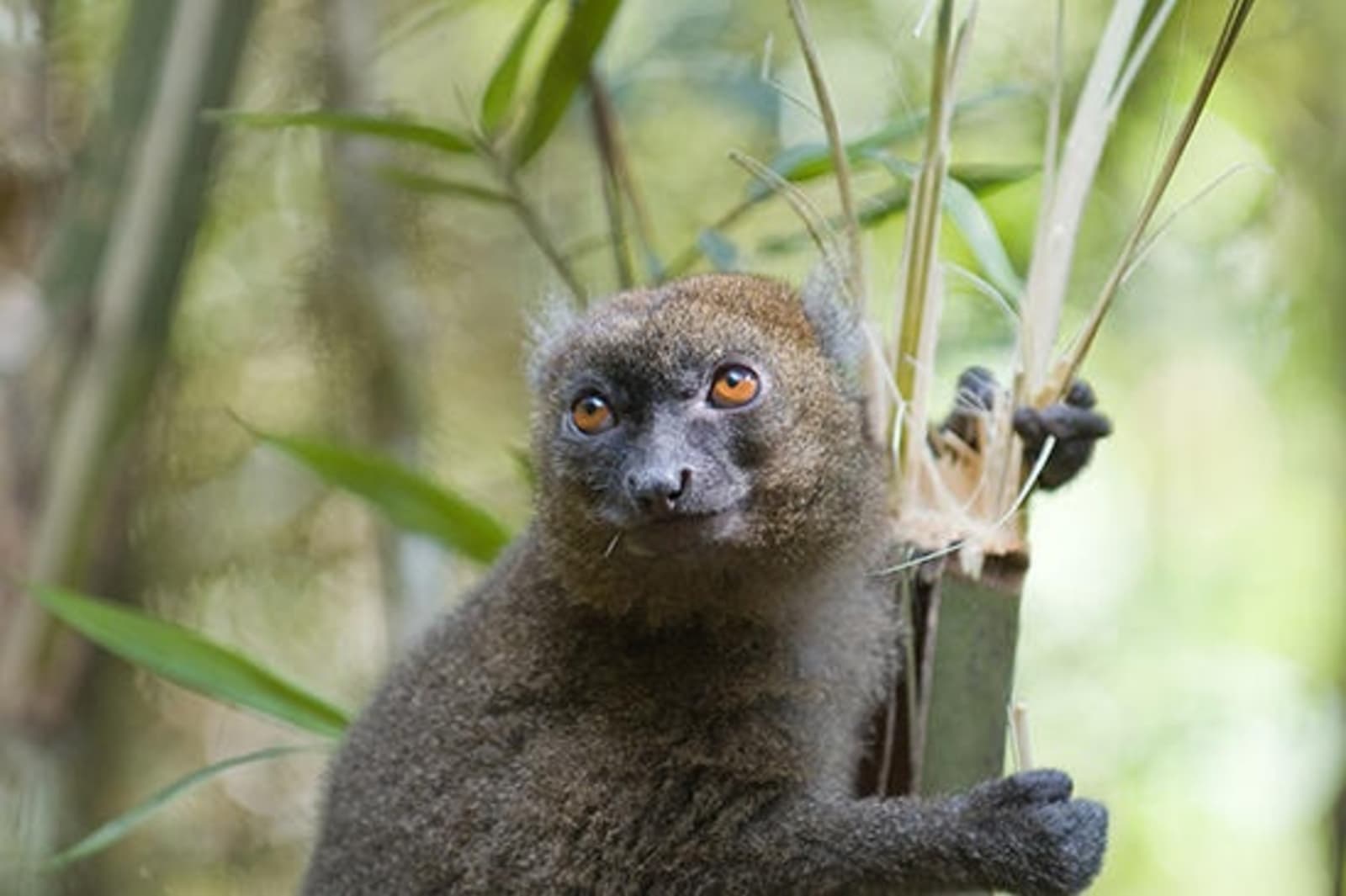9 of the World’s Rarest Animals and Where to See Them
All over the globe, natural habitats continue to disappear. Not only does that mean the wondrous sights we travel for are fading, but it also means that the animals that live within them are being driven to extinction.
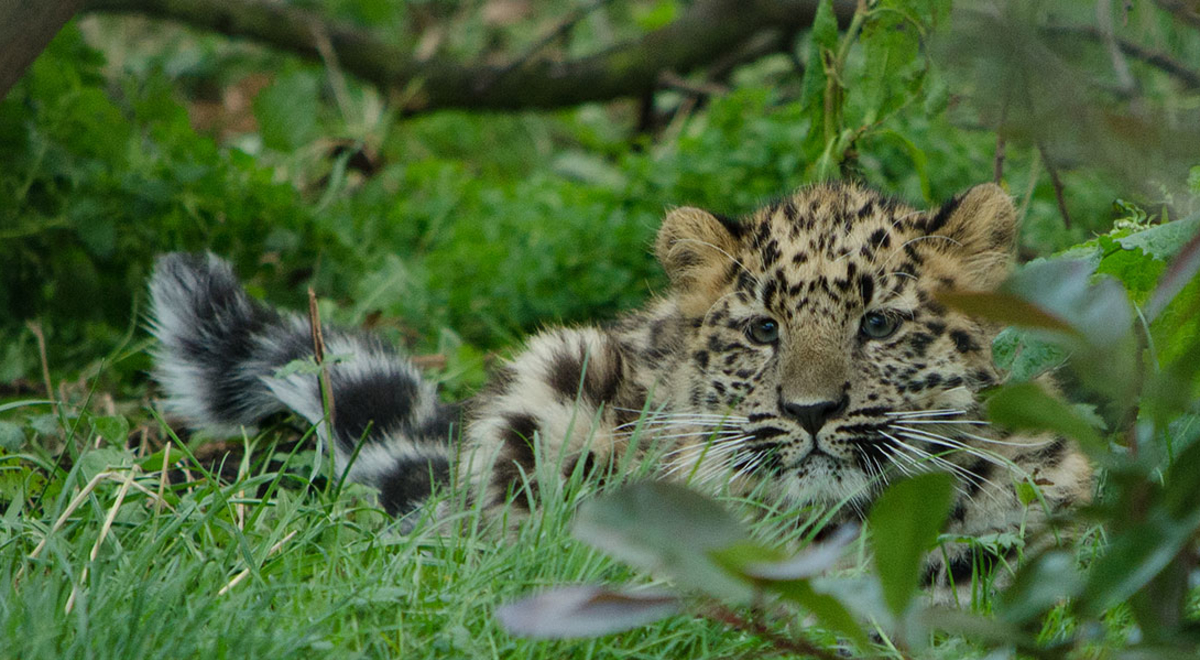

UK Content & Social Lead
All over the globe, natural habitats continue to disappear. Not only does that mean the wondrous sights we travel for are fading, but it also means that the animals that live within them are being driven to extinction.

UK Content & Social Lead
Help & support
© Flight Centre (NZ) Limited.
Lowest Airfare Guarantee is no longer valid at Flight Centre stores in New Zealand as of Thursday 14 July 2022. Click here for more information.
*Travel restrictions & conditions apply. Prices & taxes are in NZD and are correct as at the date of publication & are subject to availability and change without notice. Prices quoted are on sale until the dates specified unless otherwise stated or sold out prior. Prices are per person. We charge a Travel Expert Service Fee for bookings made with our travel experts in store, via email or over the phone and an Online Booking Fee for flight bookings made online. These fees are charged in addition to the advertised price and displayed fares. Merchant fees apply and depend on your chosen payment method. View Booking Terms and Conditions for more information.

